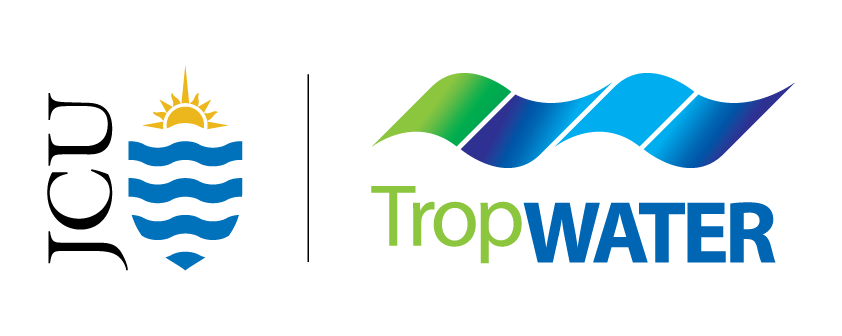
Great Barrier Reef
Location
Compile a rigorous historical water quality database for the Great Barrier Reef catchments, pulling together data collected by twenty different organisations over the last 40 years.
Provide a valuable bank of water quality data accessible to water quality practitioners, researchers, modelers and management agencies.
Ensure the long-term legacy of the water quality monitoring undertaken across the Great Barrier Reef catchments spanning decades.
Key points
Historical water quality database for the Great Barrier Reef
Lost, buried and unused water quality data
The Great Barrier Reef catchment has experienced significant land use changes, including mining, agriculture, and urban development, leading to impacts on water quality conditions.
Over the past four decades, organisations throughout the Great Barrier Reef catchments have meticulously documented these changes through various water quality monitoring programs, amassing more than 25,000 records including nutrient status, sediment, metals, and pesticide concentrations.
However, much of this invaluable data has been lost, scattered, or left unused. It lacks centralisation, with pieces dispersed across fragmented and unmaintained online databases, buried in appendices of hard copy grey-literature reports, or stored on individual computer hard drives.
While some of the water quality data reside in well-utilised databases, the absence of a unified platform hampers its accessibility.
Collating more than 25000 records of water quality data
This project involves collecting historical data and collating it in a way that is accessible to water quality practitioners, management agencies, governments, academics, stakeholders and landholders.
Our goal is to have the data available in an online open-access portal, administered by the Queensland Government. Throughout the project, we have:
Gathered and organised historical water quality data on nutrients, sediments, metals, and pesticides from Great Barrier Reef catchments.
Identified potential datasets by reviewing available literature.
Standardised the collected data to ensure consistency and reliability.
Developed metadata statements for each dataset, detailing project information, funding sources, key references, and technical specifications.
Maximising the use of historical water quality data
By consolidating this data, we aim to uncover the spatial and temporal scope of existing monitoring efforts, enabling analysis of water quality trends across broader scales. This will inform future monitoring activities and maximise the use of this invaluable data to enhance water quality science and management of the Great Barrier Reef catchments.
The compiled data will be stored on an online open-access portal developed by the Department of Environment, Science and Innovation’s Water Quality and Investigations team. This portal aims to provide open access to the Great Barrier Reef Catchment Loads Monitoring Program data, ensuring accessibility and transparency.
This is a collaborative project with Andrew Moss (QLD Department of the Environment, Tourism, Science and Innovation) and the QDETSI Water Quality & Investigations team (Dr Reinier Mann). Funding: Australian Government Department of Climate Change, Energy, the Environment and Water.
Research support



Research leads







